Pakistan Mulberry On Own Roots
cyberfarmer
9 years ago
Related Stories
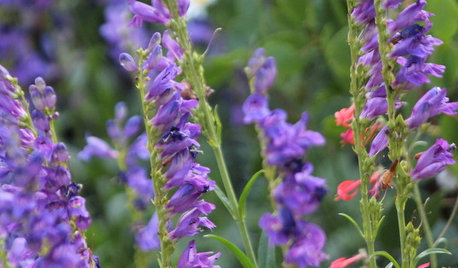
CALIFORNIA GARDENINGCalifornia Gardener's August Checklist
Pick up some great ideas from these travel-inspired plantings, even if your vacation is in your own backyard
Full Story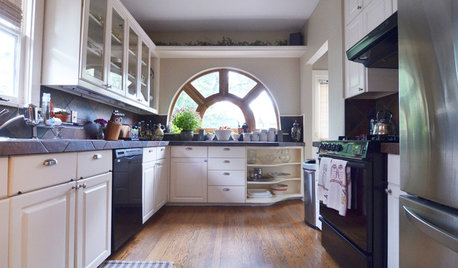
HOUZZ TOURSMy Houzz: Elegant Updates for a 1928 Bungalow
Classic, clean furnishings and creamy hues bring charm and ease to a Texas couple's home
Full Story
EDIBLE GARDENSHow to Grow 10 Favorite Fruit Trees at Home
Plant a mini orchard in fall, winter or early spring to enjoy fresh-off-the-tree fruit the following year
Full Story
FALL GARDENING11 Trees for Brilliant Fall Color
Give your landscape the quintessential look of autumn with the red, orange and yellow leaves of these standouts
Full Story
LANDSCAPE DESIGNGet Along With Less Lawn — Ideas to Save Water and Effort
Ditch the mower and lower your water bill while creating a feast for the eyes with diverse plantings and gathering places
Full Story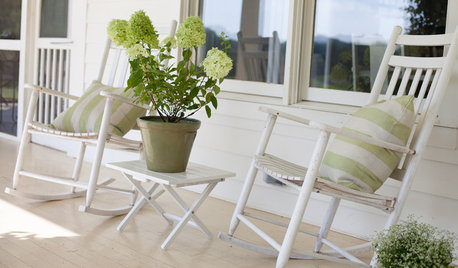
LIFEHow to Get Along With the Neighbors — and Live Happier at Home
Everyone wins when neighbors treat one another with kindness, consideration and respect
Full Story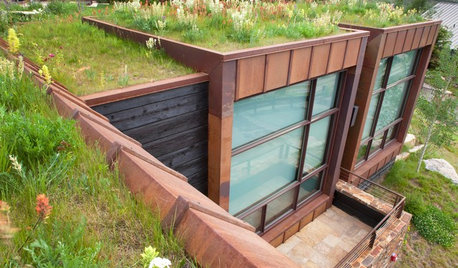
GREEN BUILDING6 Green-Roof Myths, Busted
Leaky, costly, a pain to maintain ... nope, nope and nope. Get the truth about living roofs and see examples from simple to elaborate
Full Story
LANDSCAPE DESIGNThe 7 Best Plant Types for Creating Privacy and How to Use Them
Follow these tips for using different kinds of plants as living privacy screens
Full Story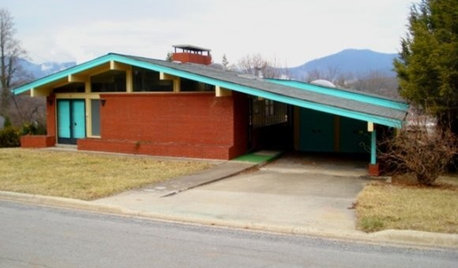
LIFEHouzz Call: Show Us the House You Grew Up In
Share a photo and story about your childhood home. Does it influence your design tastes today?
Full Story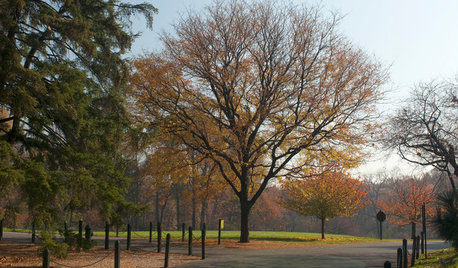
GARDENING GUIDESGreat Design Plant: Honey Locust Tree
No, it doesn't actually produce honey. But its dappled light and tolerant nature are treats in city and country settings alike
Full Story







lucky_p
cyberfarmerOriginal Author
Related Professionals
Derry Landscape Architects & Landscape Designers · Edmond Landscape Architects & Landscape Designers · Oconomowoc Landscape Architects & Landscape Designers · Rossville Landscape Architects & Landscape Designers · Fort Atkinson Landscape Contractors · Fort Payne Landscape Contractors · Fuquay-Varina Landscape Contractors · Gaithersburg Landscape Contractors · McLean Landscape Contractors · Miller Place Landscape Contractors · North Potomac Landscape Contractors · North Ridgeville Landscape Contractors · Saint George Landscape Contractors · West Coon Rapids Landscape Contractors · Sun Valley Landscape Contractorscopingwithclay